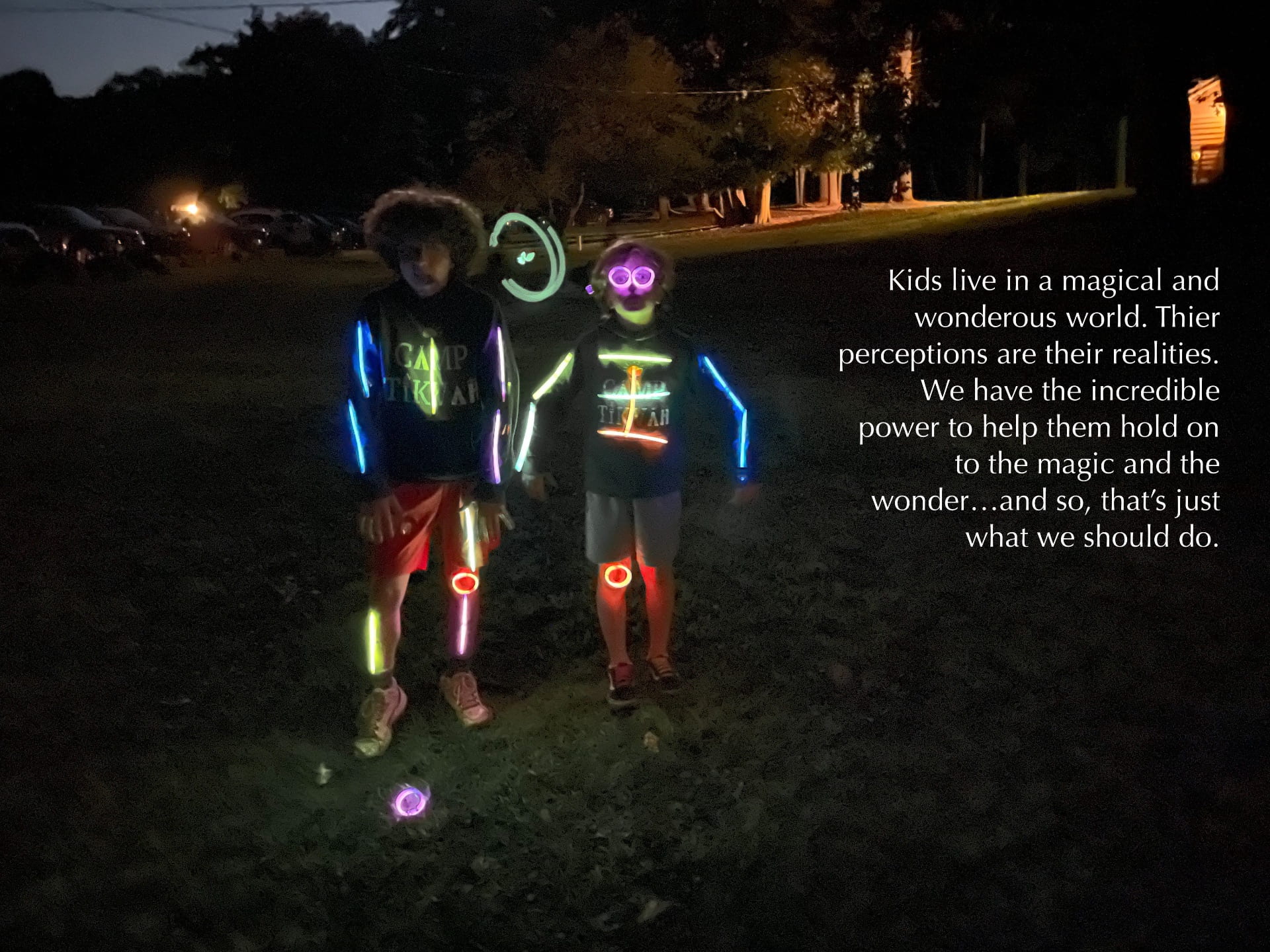Perception is reality. Not actually, but to the perceiver.
Human brains do this funny thing. Our brains allow us to believe things we need to believe. They allow us to believe things we want to believe.
We were at our favorite coffee shop.
It’s our favorite because it has a bustling, city vibe. We like the action. We like being around people while they talk, work and laugh with one another. We like the modern music, written and performed by obscure artists playing moderately softly in surround sound. We like that the wall of street level windows displays the world outside to us, and that it displays us to the world outside.
I was with our 9 year-old. I got coffee. He got hot chocolate.
The hot chocolate at this coffee shop comes with a layer of velvety milk foam on top. The baristas pour it like they pour lattes. They are milk foam artists. You get either an image of a decorative flower or an image of a decorative heart on the surface of your drink. It’s lovely.
It’s sweet, creamy and delicious.
Our 9 year-old called it whipped cream. I corrected him. “It’s velvety milk foam,” I explained.
“It’s whipped cream,” he declared nonchalantly.
I looked at him. I furrowed my brow and smiled. With a bit of a chuckle I once again offered the truth I was certain of.
“It’s velvety milk foam,” I reiterated.
He furrowed his brow and smiled in parody-laden homage to my furrowed brow and smile. Then he returned the reiterative favor by plainly stating, “It’s whipped cream.”
We both laughed. Something we do quite often when we’re together.
We never did settle the matter. Doesn’t matter, though. To me, it was velvety milk foam. To him is was whipped cream. Perception is reality. Either way, it was sweat, creamy and delicious.
As educators, parents and caregivers we often find ourselves in situations where the reality of our perceptions doesn’t exactly match the reality of our kids’ perceptions. How do we wade through varying perceptive realities to get to the outcomes we’re looking for: safety, health, learning, joy, balance, etc.?
What if we prioritize the outcomes over the details and the differences in perception? What if we put our energy into exhausting the dialogue with outcomes in mind? What if we engage our kids in exhaustive dialogues, model tools and strategies that can help them share thinking in compassionate ways, and support them in problem solving and planning?
Nothing about raising and teaching kids is fool proof. In my experience, when we sort through challenges with an eye on coming together around positive pathways forward (rather than making our points about perception and reality), restorative, growth-producing and relationship-building outcomes seem to be enhanced.
Whipped cream or velvety milk foam? We never did come to an agreement.
What we did was sit for a while at our favorite coffee shop, chatting and laughing, observing the world around us and connecting with one another, taking advantage of the gifts of family and leisure time. Incredible gifts that I am incredibly grateful for.
Our perceptions were the same about that.
Besides, without being able to agree on what it was, whatever was on top of the hot chocolate was still sweet, creamy and delicious!
Live. Love. Listen. Learn. Lead. Thanks!

Professional kitchenware factory offer premium baking tools for kitchen lovers.